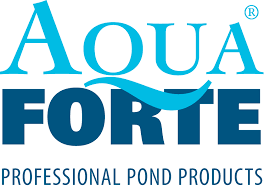*Please note any combination of the symptoms may be present INCLUDING no visible symptoms at all. Symptoms listed are not necessarily in order of likelihood. This is not a definitive list of all possible causes, signs and symptoms, just more commonly seen issues.
**Diagnosis is advisable by microscope exam, or in some cases elimination (fix the water!).
| Visible Symptom | Potential cause (not in order of likelihood). |
| Gasping at surface – lethargic | Oxygen compromisation, Nitrite toxicosis, elevated levels of TDS (Total dissolved solids), General poor water quality |
| Floating upside down at surface including buoyancy issues | Compromised or failed swim bladder function, genetic defect (present inherently in some fancy goldfish through selective breeding), air in gut through ‘gulping’ (quite common in fancy goldfish and some sturgeon species – notably juveniles). |
| Laying on side on bottom of tank | Swim bladder compromised, temperature issues (excessive cold can influence fish in this manner) |
| Redness of fins, may include bloodshot streaking or fraying | High ammonia, parasitic (Flukes, costia, chilodonella, tricodina,whitespot…), high nitrite, high TDS, poor/cramped living conditions, damage. |
| Fins rotting away | Bacterial infection – columnaris/flexibacter |
| Milky appearance to skin (excess slimecoat/ mucus) | Parasitic infection (costia, flukes, trichodina, chilodonella, whitespot…), poor water parameters or dirty water, chemical in water, |
| Fluffy Fungus on body, eyes, fins | Saprolegina, highly likely to be a secondary infection to anything on the list. |
| ‘Waxy’ lumps appearing on skin | Koi/Carp Pox – generally worse in lower temperatures. |
| ‘Lumpy’ tumors on skin appearing to originate from under scale(s) | Benign tumors. May grow to large sizes. More common on ornamental species. |
| ‘Lumpy’ tumors on skin – may appear ragged or unsmooth | Hikui (on red/orange pigments), benign growth, excessive breeding tubercles in male fish (notably large common varieties of goldfish) |
| Small red patches appearing on fin. May show scales being damaged | Bacterial infection, damage through injury |
| Ulcers on body and skin | Bacterial infection, damage though injury (excessive flicking and rubbing due to parasites and/or poor water quality). |
| Dropsy – pineconing of scales | Organ failure, infection through injury – Unable to osmo-regulate correctly. |
| Emaciation, sunken eyes | Starvation, parasites – heximita, internal worms (too many to list and varies by species), genetics, poor quality food. Distress caused by any of the above causing the fish to avoid food. |
| Colour change of fish | Natural colour changing (particularly cyprinids), Areas of black pigment appearing can indicate damage repair and usually recedes, some chemical treatments when combined can induce a full colour change – usually to black. |
| Flicking/ Flashing and erratic behaviour | Parasite infection, poor water quality, neurological issues, electric shock, oxygen compromisation. |
| Fish deceased – no visible issues | Any of the above, organ failure, genetic complications or just end of life (old age). |
A word of warning, there are many general treatments available and some aquatic retails are bound by brands they supply and will try to push certain treatments and offer a general pond tonic. These generally are not sufficient without accurate diagnosis.
Advice: Do your own research (not on social media or down the pub!), eductate and upskill yourself, and contact an independent specialist if available in your area. This may involve a fee (experience and knowledge has a value! And it is their employment!). You can save a lot of money and heartache this way. Your fish should be treated as a pet like any other animal.

 Aquarium Fish
Aquarium Fish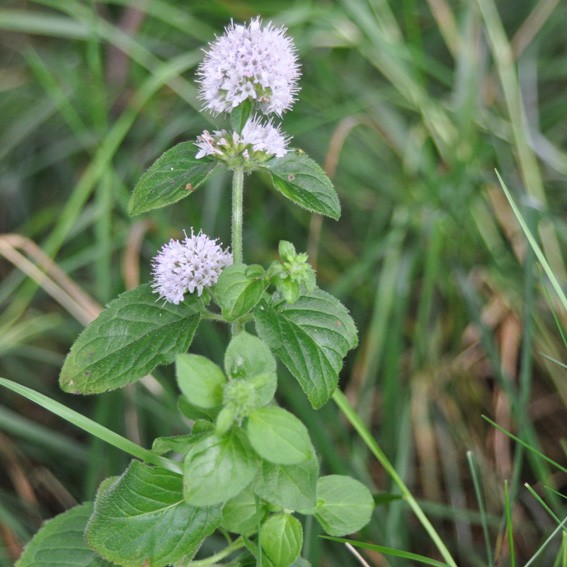 Aquatic Plants, Mussels and Snails
Aquatic Plants, Mussels and Snails Koi
Koi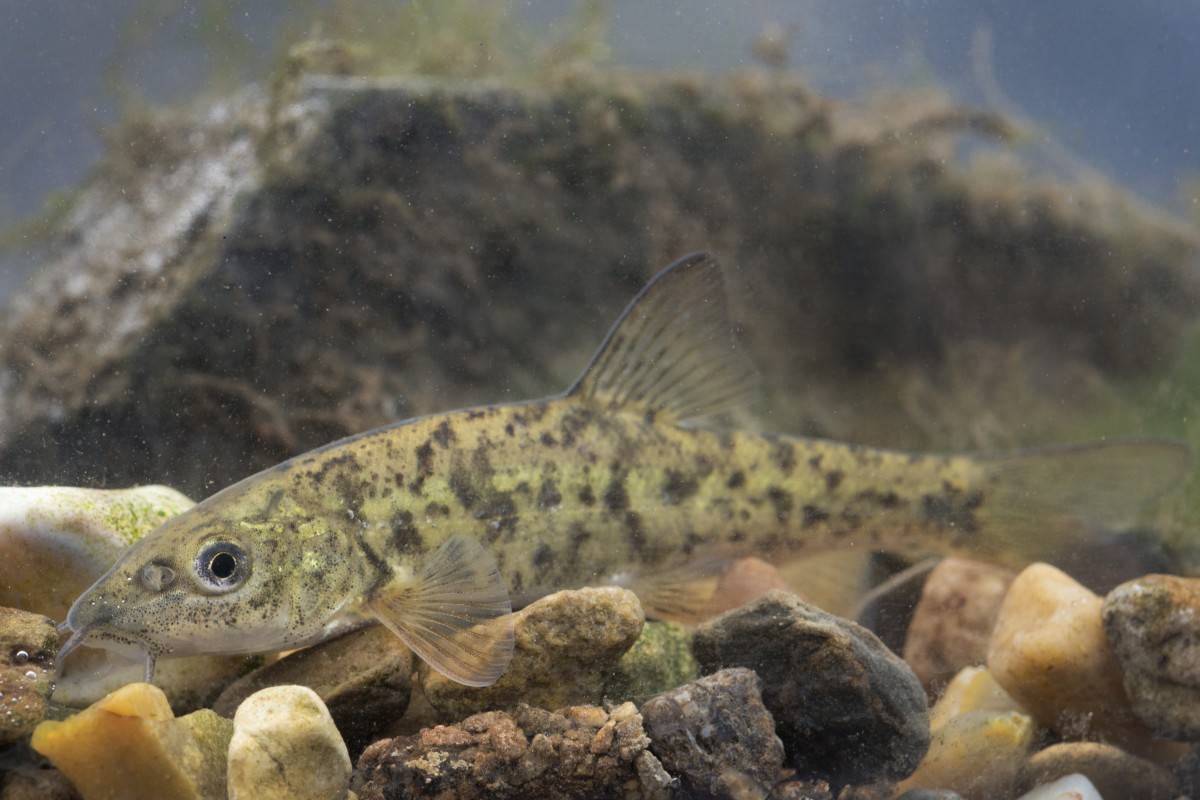 Native Fish
Native Fish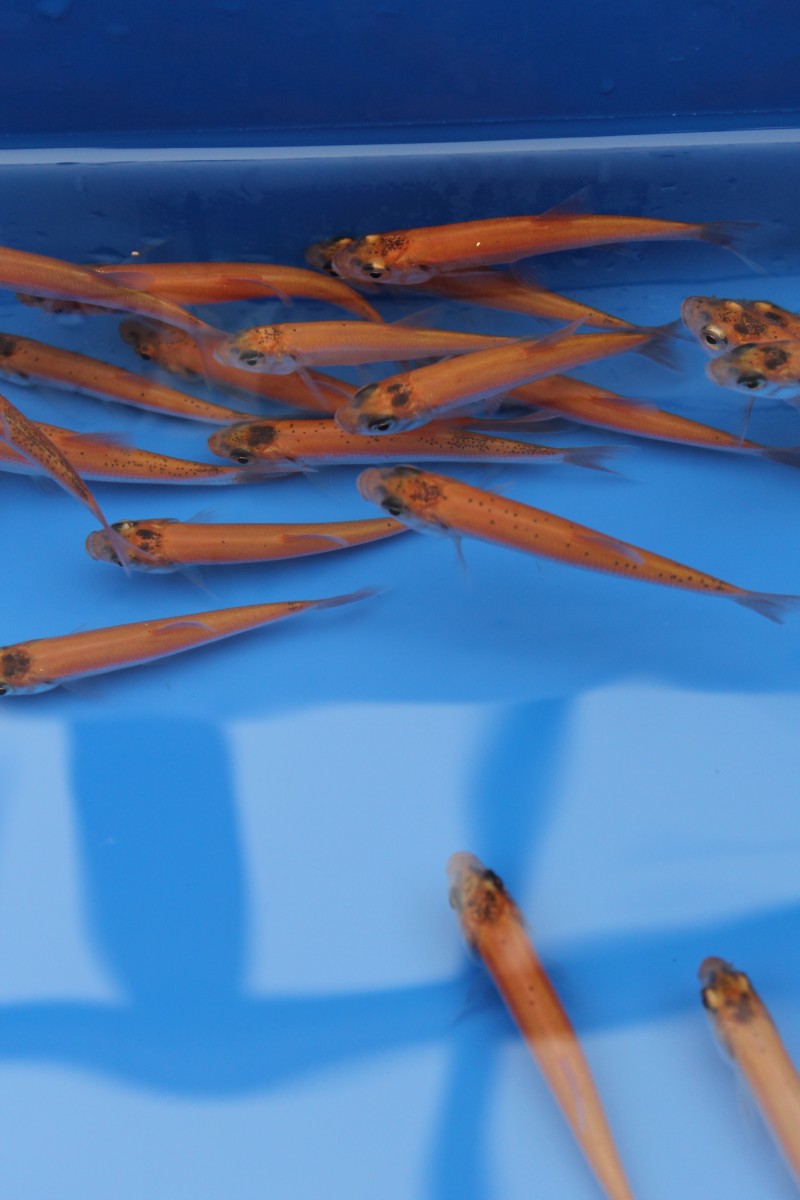 Ornamental Fish
Ornamental Fish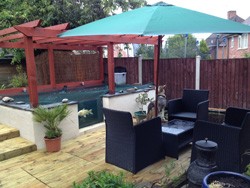 Pond Building
Pond Building
